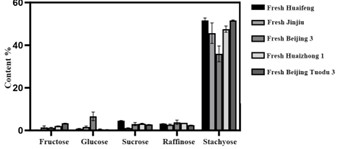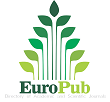Vol. 2 No. 1 (2024)
Published:
2024-03-31
Full Issue
Article
-
 Open Access
Open AccessArticle ID: 129
-
 Open Access
Open AccessArticle ID: 167
Review
-
 Open Access
Open AccessArticle ID: 125
-
 Open Access
Open AccessArticle ID: 185







.jpg)
.jpg)

